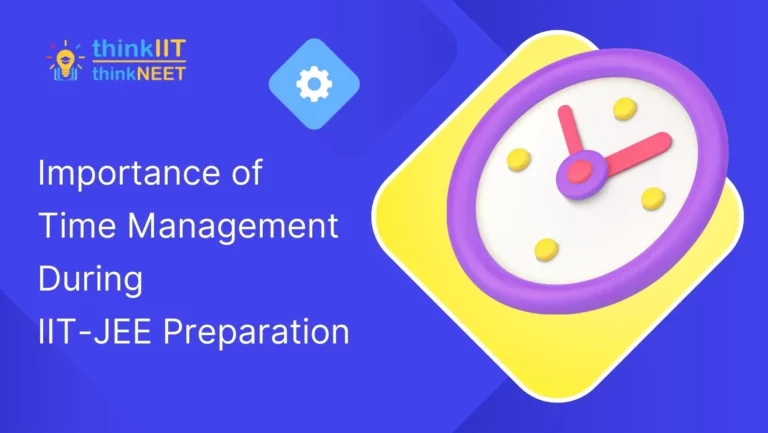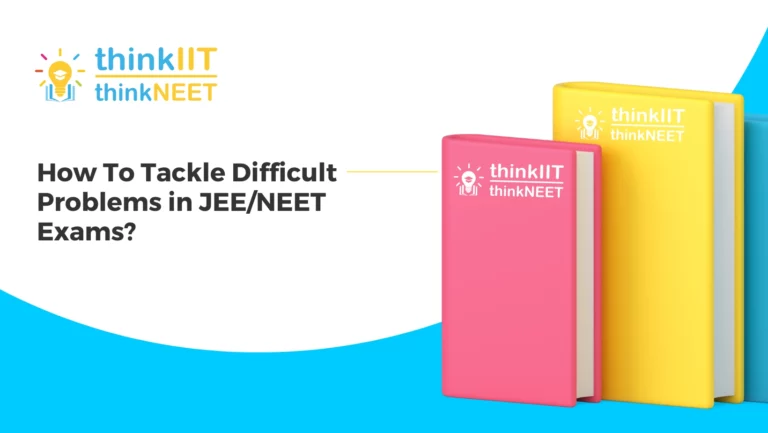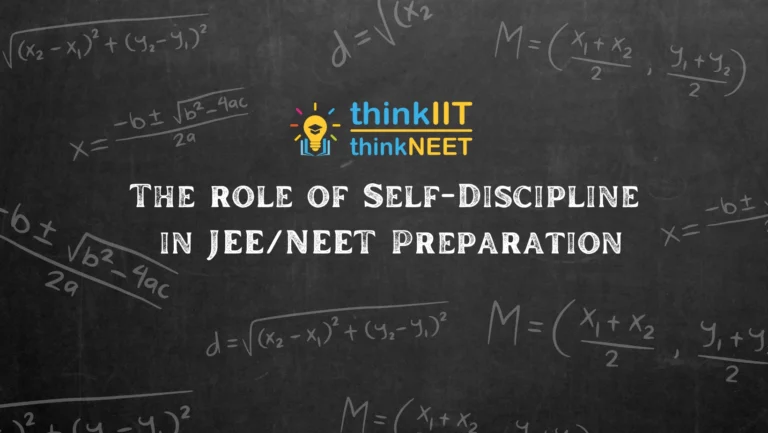What is Quantum Entanglement?
Quantum entanglement is one of the most intriguing phenomena in quantum mechanics. It refers to the property of two or more quantum systems that are linked in such a way that the state of one system is dependent on the state of the other system. The concept of quantum entanglement was first proposed by Albert Einstein, Boris Podolsky, and Nathan Rosen in 1935, and it has since become a central topic in the field of quantum physics.
The History of Quantum Entanglement
The history of quantum entanglement can be traced back to the early days of quantum mechanics. In 1935, Einstein, Podolsky, and Rosen published a paper in which they proposed the concept of quantum entanglement as a way to challenge the completeness of quantum mechanics. They argued that if two particles were entangled, the state of one particle would be dependent on the state of the other particle, regardless of the distance between them. This idea was later formalized by Erwin Schrödinger in his famous 1935 paper on wave mechanics.
How Quantum Entanglement Works
So how does quantum entanglement work? Essentially, it occurs when two or more quantum systems are in a state of superposition, meaning that they exist in multiple states at the same time. When these systems are entangled, their states become linked in such a way that the state of one system can affect the state of the other system, even when they are separated by large distances. This is known as non-local correlation and it is a key feature of quantum entanglement.
Real-World Applications of Quantum Entanglement
One of the most important real-world applications of quantum entanglement is in the field of quantum computing. Quantum computers use the principles of quantum entanglement to perform calculations much faster than traditional computers. Quantum cryptography is another important application of quantum entanglement, as it allows for secure communication by using the properties of entangled particles to encrypt and decrypt messages.
The Significance of Quantum Entanglement in Modern Physics
The significance of quantum entanglement in modern physics cannot be overstated. It has led to a deeper understanding of quantum mechanics and has opened up new possibilities for technological advancements. Researchers continue to study quantum entanglement in order to better understand its properties and potential applications.
The Future of Quantum Entanglement Research
The future of quantum entanglement research is promising, with many scientists and engineers working to develop new technologies that make use of this phenomenon. The potential for quantum computing and quantum communication is particularly exciting, as it could lead to major breakthroughs in fields such as medicine, finance, and even national security.
Important formulas for Quantum Entanglement
★ Schmidt Decomposition: The Schmidt Decomposition is a mathematical tool used to represent the state of a bipartite quantum system in terms of its underlying entanglement. It states that any bipartite pure state can be written as a linear combination of product states. The formula for the Schmidt decomposition is:
|ψ⟩ = ∑i √λi |φi⟩A|ψi⟩B
Where |ψ⟩ is the state of the bipartite system, |φi⟩A and |ψi⟩B are orthonormal states for the two subsystems, and λi are the Schmidt coefficients.
★ Bell Inequality: The Bell Inequality is a mathematical formula used to test the consistency of quantum mechanics with local realism. It states that the correlation between measurements of two entangled particles must be less than a certain value if quantum mechanics is consistent with local realism. The Bell Inequality formula is:
|E(a,b) – E(a,b’) + E(a’,b) + E(a’,b’)| ≤ 2
Where E(a,b) is the correlation between measurements a and b on two entangled particles, a and b are the measurement settings, and a’ and b’ are different measurement settings.
★ Von Neumann entropy: The Von Neumann entropy is a measure of the entanglement of a bipartite quantum system. It is calculated by taking the negative of the sum of the eigenvalues of the reduced density matrix of one subsystem, multiplied by their natural logarithms. The formula for Von Neumann entropy is:
S = -Tr(ρA log2 ρA)
Where S is the Von Neumann entropy, Tr is the trace operator, and ρA is the reduced density matrix of subsystem A.
★ Quantum Mutual Information: The quantum mutual information is a measure of the total correlation between two subsystems of a bipartite quantum system. It is calculated by taking the difference between the Von Neumann entropy of the subsystems and the joint entropy of the system. The formula for quantum mutual information is:
I(A:B) = S(A) + S(B) – S(A,B)
Where I(A:B) is the quantum mutual information, S(A) and S(B) are the Von Neumann entropies of subsystems A and B, and S(A,B) is the joint entropy of the bipartite system.
★ Density Matrix: The density matrix is a mathematical representation of the state of a quantum system. It is a matrix that contains information about the probabilities of the system being in different states. The formula for a density matrix is:
ρ = ∑i |ψi⟩⟨ψi|
Where ρ is the density matrix, and |ψi⟩ are the possible states of the quantum system. The density matrix of a subsystem of a bipartite quantum system can be found by taking the partial trace of the joint density matrix over the other subsystem.
★ Concurrence: The concurrence is a measure of the entanglement of a two-qubit quantum system. It is calculated by taking the square root of the product of the eigenvalues of the matrix R, which is defined as:
R = ρ(σy ⊗ σy) ρ*(σy ⊗ σy)
Where ρ is the density matrix of the two-qubit system, and σy is the Pauli matrix. The concurrence ranges from 0 to 1, with 1 indicating maximum entanglement.
★ Quantum Discord: The quantum discord is a measure of the total correlation between two subsystems of a bipartite quantum system. It is calculated by taking the difference between the quantum mutual information and the classical mutual information. The quantum discord formula is:
D(A:B) = I(A:B) – J(A:B)
Where D(A:B) is the quantum discord, I(A:B) is the quantum mutual information, and J(A:B) is the classical mutual information.
★ Negativity: The negativity is a measure of the entanglement of a bipartite quantum system. It is calculated by taking the sum of the absolute values of the negative eigenvalues of the partial transpose of the density matrix. The negativity ranges from 0 to 1, with 1 indicating maximum entanglement.
What is quantum entanglement?
Quantum entanglement is a phenomenon in quantum mechanics where two or more quantum systems are linked in such a way that the state of one system is dependent on the state of the other system, even when they are separated by large distances.
How is quantum entanglement related to quantum mechanics?
Quantum entanglement is a fundamental concept in quantum mechanics, it refers to the property of two or more quantum systems that are linked in such a way that the state of one system is dependent on the state of the other system.
Can quantum entanglement be used for quantum computing?
Yes, quantum entanglement is a key feature in quantum computing, it allows quantum computers to perform calculations much faster than traditional computers.
Is quantum entanglement the same as quantum teleportation?
No, quantum entanglement and quantum teleportation are different phenomena in quantum mechanics. Quantum entanglement refersto the link between two or more quantum systems, while quantum teleportation refers to the transfer of information from one location to another without physically moving the information-carrying particle. Both phenomena make use of the principles of quantum mechanics and entanglement, but they are not the same thing.
How does quantum entanglement allow for secure communication?
Quantum entanglement can be used to encrypt and decrypt messages through a process known as quantum cryptography. By using the properties of entangled particles, it is possible to create a secure communication channel that cannot be intercepted or hacked.
Can quantum entanglement be used for faster-than-light communication?
No, quantum entanglement does not allow for faster-than-light communication. While entangled particles can instantaneously affect each other’s state, this does not violate the speed of light. Information cannot be transmitted faster than the speed of light.
Is quantum entanglement a proven scientific theory?
Yes, quantum entanglement is a well-established concept in quantum mechanics. It has been extensively studied and experimentally verified.
How does the distance between entangled particles affect their entanglement?
The distance between entangled particles does not affect their entanglement. The state of one particle is still dependent on the state of the other particle, regardless of the distance between them.
What are some current and future applications of quantum entanglement?
Some current applications of quantum entanglement include quantum computing and quantum cryptography. In the future, it is expected to have more applications in areas such as medicine, finance, and national security.
How does quantum entanglement challenge our understanding of the world?
Quantum entanglement challenges our understanding of the world by introducing the concept of non-local correlation, which suggests that the state of one particle can be affected by the state of another particle, regardless of the distance between them. It also challenges the classical idea of causality, which states that a cause must be physically close to its effect.
Powered By thinkIIT




